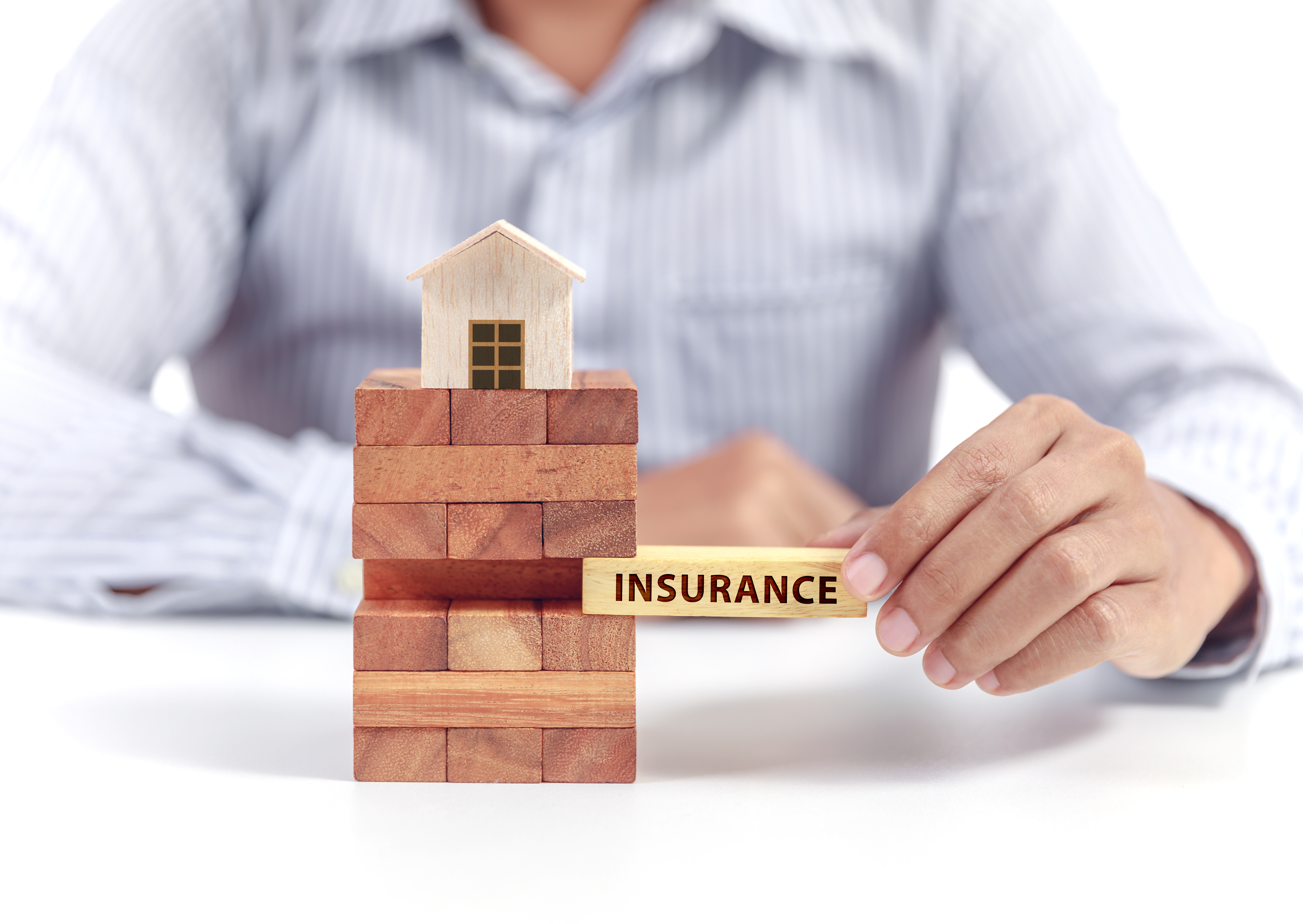
Is Structural Damage Covered by Homeowners Insurance?
Monday, July 30, 2018
Definitely maybe, but most likely not.
Maybe you’ve noticed your doors and windows don’t close as snugly as they did years ago. Or perhaps cracks are appearing in the walls and foundation where they weren’t before.
Regardless of the sign, structural damage may be the culprit of unsightly changes to your foundation, walls, and roof. Whether or not your insurance policy will cover structural damage primarily depends on one thing – the cause of the damage.
Defining Structural Damage
Structural damage may be one of those things where ‘you know it when you see it.’ However, when it comes to insurance, the state insurance commissions or court system will have specific wording defining structural damage.
In states like Florida, where sinkholes are a persistent threat, structural damage requires damage which impairs the structural integrity of the building. Simply having physical damage to a home isn’t enough to declare structural damage.
This is important because whether certain provisions within an insurance policy responds will rely upon a home having structural damage. For example, some insurance policies exclude structural loss resulting from a sinkhole. If a home only has physical damage after a sinkhole event, coverage may be available when the structural integrity of a house has not been impacted.
However, almost every insurance policy will exclude structural damage when it was not the result of a sudden accidental or weather-related event.
Causes of Structural Damage
Structural damage to your home can be the result of a one or more factors when not caused by weather or sudden accidental events. Hiring an inspector will help not only determine if your home has structural damage, but also the root cause of the problem.
Whenever there is a claim, one of the adjuster’s first priorities is determining the cause of loss. Your policy will either specifically list 10 or 16 defined covered perils or cover all perils unless otherwise excluded. In general, all homeowner policies will at least cover:
- Theft
- Lightning
- Explosion
- Vandalism
- Fire or smoke
- Volcanic eruption
- Hail and windstorm
- Damage from aircraft
- Damage from vehicles
- Riots and civil commotion
Damage caused by falling objects, the weight of ice or snow, and loss due to specified systems failures are also commonly included. But what is not included, or specifically excluded, are losses from events which are not sudden or accidental.
In general, structural damage occurs due to movement in a house. Events such as hurricanes, tornados, and sinkholes are obvious ways structural damage can occur. However, structural damage can also occur as a result of non-weather related or sudden accidental structural movement caused by:
- Poor design
- Unstable soil
- Foundation issues
- Poor workmanship
- Substandard materials
Structural damage caused by these non-weather or accidental events are not covered under most insurance policies. It would be similar to asking your automobile insurance policy to cover a malfunctioning transmission. Since the damage was caused by something other than a covered peril, coverage would not be available.
Signs of Structural Damage
Structural damage can take a long time to become visual to the casual observer. But there are a number of signs which should alert you to a possible problem such as:
- Timber rot
- Popped nails
- Sagging roof
- Uneven floors
- Warped ceilings
- Damp sub-floors
- Exposed wall gaps
- Crumbling concrete
- Wall or ceiling cracks
- Poor fitting doors and windows
If your home exhibits any of these warning signs, contact an inspector to learn the extent of the damage. Any signs your home presents could either be a small anomaly, a the tip of the iceberg, or a much larger problem. In extreme circumstances, the hiring of a structural engineer may be necessary to survey the damage and suggestion solutions.
Securing Your Home
Purchasing a Homeowners Insurance policy is a way to transfer the risk of owning a home due to uncontrollable events. No one can control the weather, and as such, the insurance marketplace has provided products if weather causes damage to your home.
However, building a home to the most current building codes, using the appropriate materials, and ensuring quality workmanship are definitely controlled by the building contractor. If your home has suffered structural damage as a result of how the house was built, it may be time to consult with an attorney.
If you are considering the purchase of a previously lived home, take the appropriate steps in hiring a certified and experienced property inspector. Although your Homeowners Insurance policy may not provide coverage due to poor workmanship, a complete inspection may be the assurance you need to avoid potential nightmares in the years to come.
To learn more about Homeowners Insurance solutions for you and your home, or additional insurance options, contact our team at www.protectiveagency.com or (877) 739-9367. Our licensed insurance agents will be happy to answer any questions you have.
